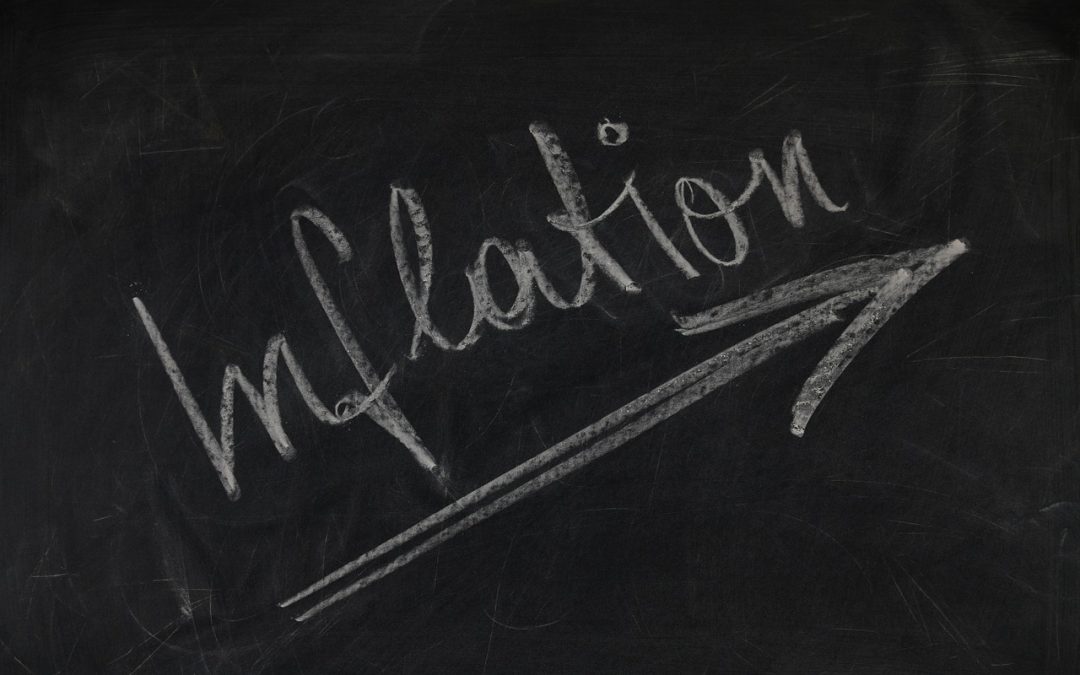
by Sarah Bauder | May 21, 2019 | CPI, inflation measure
The Consumer Price Index (CPI) is one of the most oft used techniques for measuring inflation the world over. Specific countries scrutinize different sets of data, but all employ a similar method. In the US, there has been contention surrounding the CPI for many years now. Initially, it was calculated by contrasting a market basket of goods from two periods – effectively operating as a cost of goods index (COGI). Yet, under the auspices of the US Congress, the CPI eventually developed into a cost of living index (COLI). In addition, as time passed methodological changes occurred which often resulted in a lower CPI. In this article, experts weigh in and provide compelling insight into whether the Consumer Price Index is a valid metric for inflation.
A Better Measure Would Be “Chained CPI”
“The Consumer Price Index (CPI) has long served as the foundational inflation measure for economic activity. In fact, it underpins the health of an economy because a stable CPI measure indicates the opportunity for economic prosperity. Absent predictable CPI readings, consumers will not have an accurate signal about price expectations and may change their behavior in detriment to the economy as a whole.
One major limitation to the current CPI measure is its inability to incorporate decisions consumers might actually make when evaluating a fixed basket of goods. For example, when a price increases for one consumer product included in the selection of goods used to measure CPI, many consumers would choose to switch to a substitute. CPI doesn’t account for this reality. Instead, CPI assumes the consumer would simply pay more for the same product. Reality usually shows a different response in the form of choosing a substitute product.
Instead, a better measure which accounts for this substitution effect would be “chained CPI.” This more closely resembles the substitution decisions consumers would make in response to rising prices of certain items as opposed to simply paying more for the same good. This metric will capture the switching dynamic.”
Riley Adams, CPA, Youngandinvested.com
Not An Exact Reflection, But Gives A Good Feel For It
“The CPI isn’t an exact reflection of the inflation rate, but it gives us a good feel for it. For the consumer, it shows them the increase in the price of the most common items that people buy, so if this is what they want to know when it is perfect.
However, for anyone interested in a deeper look at the current inflation rate there are other factors to take into account. For example, the CPI is based on a fixed basket of goods rather than taking into account every single product available. So, it really comes down to the reason for wanting to understand this subject.”
Phillip Konchar, Head Tutor, My Trading Skills

CPI Is Likely The Best Measure
“The CPI is one of a few common economic indicators that attempts to measure the magnitude of price changes (inflation) in the economy. The CPI, as the name indicates focuses on the price changes experienced by consumers. There are better indicators if one is looking at price changes for producers
(Purchaser Price Index – PPI), imports and exports (Import/Export Price Indexes – MXP), or employment costs (Employment Cost Index – ECI).
One drawback of the CPI is the time lag associated with the basket of goods included within the CPI. The basket of goods is determined by surveys the Bureau of Labor Statistics conducts to understand what products consumers are purchasing. There is generally a lag of about three years from the survey to when the basket of goods used in the Index is updated. This can be meaningful as the items consumers are purchasing can change quickly, particularly with rapid change in technology or substituting one good for another.
One other consideration is that the CPI can be volatile as it includes volatile products such as the price of energy (gasoline and natural gas prices can be quite volatile) and food. The Federal Reserve prefers to use a core inflation metric that excludes these volatile goods. The core inflation index the Federal Reserve prefers is the Personal Consumption Expenditures Price Index published by the Bureau of Economic Analysis.
Overall, the CPI is likely the best measure of the change in prices that consumers actually experience within an economy.”
John Linton, Managing Member and Portfolio Manager, Elbert Capital Management
Conclusion
There are both benefits and issues surrounding the use of the CPI as an accurate measure for inflation. For instance, the basket of goods used for the CPI is based upon purchases from a “typical household”, which is not a representative sample of all households. Thus, it is not an exact science, as it were. Likewise, the CPI can overstate inflation if it factors goods and services that consumers are using less of due to price increases. Substitution influences the weighting on the market basket, consequently resulting in a lower CPI. In addition, the basket of goods does not always factor the expenditure of new products that people regularly use. Consumption trends take time to be accounted for.
In essence, we are faced with a decision: accept the official CPI numbers provided by the Bureau of Labor Statistics (BLS), or choose alternate measures of inflation, thereby embracing the argument that official figures are inaccurate. Ultimately, whether or not the Consumer Price Index is a valid metric for inflation remains to be seen.
by Andrew | Jul 28, 2015 | In the news, Inflation, inflation measure
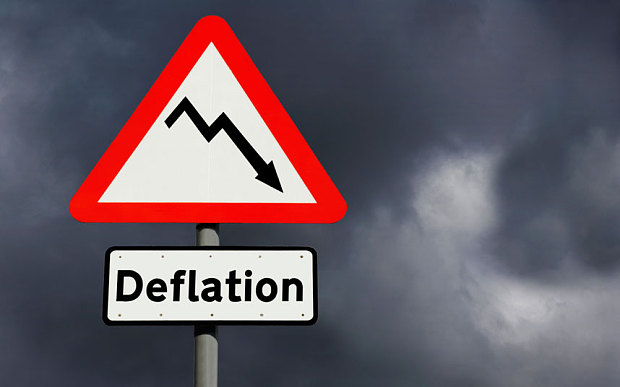
Commodity prices have been plunging in recent weeks, with the Bloomberg commodities index falling to an 11-year low, a drop of nearly 42 per cent since its peak in 2008. Plunging prices for natural resources are stoking real concerns that the deflationary conditions which plagued the US economy during the first quarter of 2015 could return with a vengeance in the months ahead. Commodity markets have been under pressure for most of the year on expectations of an imminent rate hike by the Federal Reserve, but the rout has been accelerating viciously in recent weeks due to ongoing concerns with a broad based economic slowdown in China. While the Chinese stock market has been grabbing headlines for the past few months, the real danger lies with problems bubbling under the surface of the country’s “real” economy. Recent Purchasing Manager Index data from China has been abysmal, with the latest figures showing PMI at a 15 month low. Growing signs of stress amongst Chinese purchasing managers does not bode well for the world at large. Slowing demand worldwide combined with an oversupply of inventory due to excessive production in China is likely to trigger another wave of deflation in the coming months – which should, all else being equal, curtail any potential rate hike by the Fed.
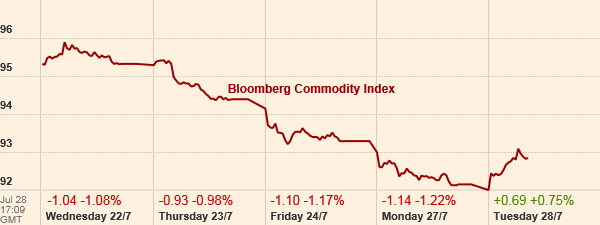
Central Banks are EASING Globally
Compounding the situation at the Fed is a scramble amongst central banks across the world to increase their monetary stimulus packages to help contain the economic carnage which has been unleashed in their respective nations due to interest rate differential expectations in some cases, and plunging commodity based revenues on the other. Canada was the first country to concede “all is not well”, with the central bank cutting interest rates and lowering its GDP forecast for the rest of the year due to falling oil sector investment. Both Australia and New Zealand have followed suit, with both countries looking increasingly vulnerable to any potential slowdown in China. The currencies of both countries have fallen sharply in value in recent months – with no sign of relief in the near future.
In the case of China, it is estimated that the country experienced $224 billion of capital outflows in the second quarter, an eye watering number which has forced the PBOC to tap into its foreign reserves in order to defend the Yuan. If China is having to resort to such measures to defend its currency, what chance do more vulnerable emerging markets have? Nations like Brazil, South Africa, Indonesia, are all seeing severe currency crises which in some cases could spark into full blown regional banking crises should the current financial conditions persist.
So where does this leave the Fed? In no uncertain terms, an increase in rates by the Fed any time soon will push the vast majority of the world over the proverbial edge, and it wouldn’t take long for the ramifications of such economic pain to begin reverberating within the US economy itself.
The Fed’s hands are tied… again
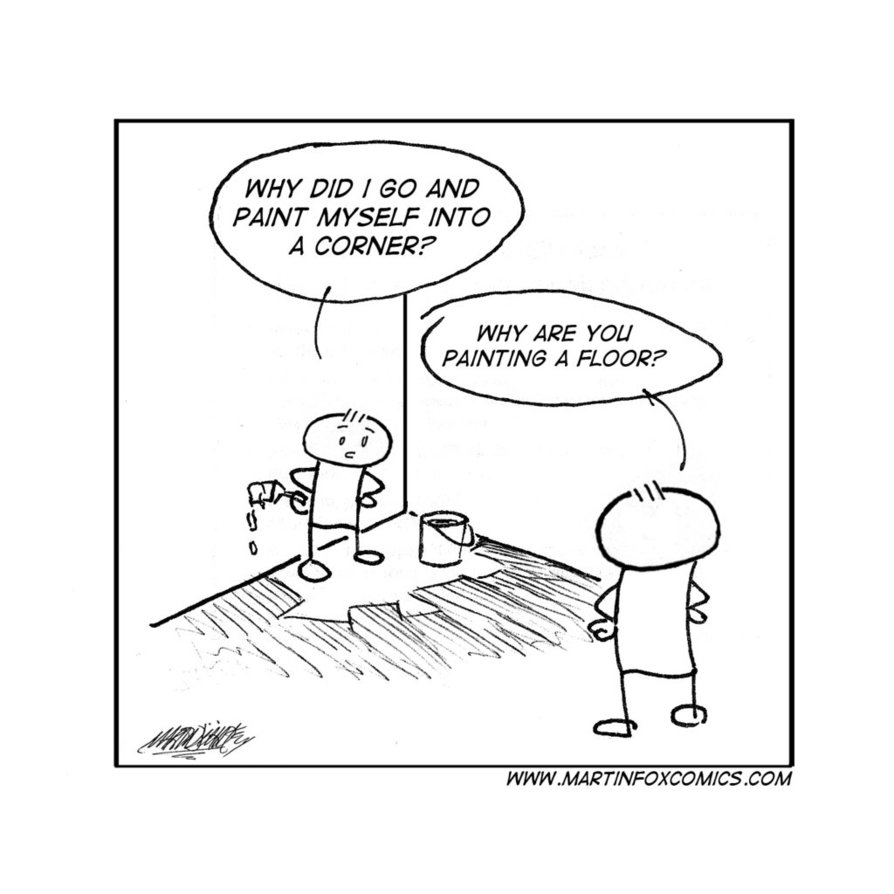
The unfolding commodity carnage will start to impact wall street GDP forecasts and earnings estimates in the days and weeks ahead as analysts begin to digest the implications of slowing demand worldwide. Downward revision to GDP forecasts will be the death knell for rising rates, and will eclipse any positive data which may be appearing on the employment front. Once again the Fed will find itself trapped between seemingly “improving” signs domestically, and full scale carnage internationally. The long run implications of this dilemma are worrying. Should deflationary pressures increase dramatically in the coming months, there will be an expectation on the Fed to embark upon the same easing measures which have led to the current situation in the first place. China undergoing a period of market turmoil as a direct result of the zero interest rate policies being implemented by central banks all over the world. The inflation which failed to show up in developed economies, was unleashed with a vengeance in Chinese financial assets. The market may very well expect and demand another round of QE, and they may very well even get it, but the question has to be asked, will it matter any more? And if it doesn’t matter, what comes next? The answer to that looks increasingly like a breakdown in faith in central banks, as they fight wearily on against increasingly frequent financial storms.
by Andrew | Apr 26, 2015 | Definitions, Inflation, inflation measure

Central banks around the world have been consistent in their policy response to the 2008 financial crisis; aggressive quantitative easing and zero interest rate policies have formed the backbone of policy responses for nearly a decade. The initial effectiveness of these policies was a huge feather in the cap of these central banks, most notably the Fed who managed to avert one of the biggest financial catastrophes of the modern era. Now into the seventh year post-lehman however, it is becoming less clear what exit strategy is in place for the numerous QE programs in place throughout the world, and what consequences these policies will have for the global economy in the long run.
Since the Fed tapered its bond purchases in October 2014, other central banks have stepped in aggressively to pick up the slack. Japan has been printing an unrivaled amount of money as part of Shinzo Abe’s stimulus package for the Japanese economy, and the ECB has been on the QE trail since January, promising to buy up to 1.1 trillion euros up until September 2016.
The ECB kickstarted its bond purchase program due to the threat of deflation taking root across the Eurozone much like the Fed’s initial fear of a deflationary spiral emerging in the aftermath of the credit crisis. With deflation now at the forefront of most investors minds given the falling oil price and subdued CPI over the past few months, it seems increasingly likely that these stimulus programs will be in place for the foreseeable future. In the long run however, what are the unintended consequences of these QE programs from the world’s central banks?
Fundamentals are becoming increasingly irrelevant: A rising tide lifts all boats
One of the most dangerous side effects of QE is the impact it has had on investment analysis. Monetary policy, above all else, has become the primary driving force behind markets globally. Fundamental analysis has become, by and large, irrelevant in the face of an ever expanding amount of liquidity chasing a finite amount of assets. Earnings reports are still dissected and talked about in depth, but increasingly these traditional forms of analysis are becoming less and less relevant.
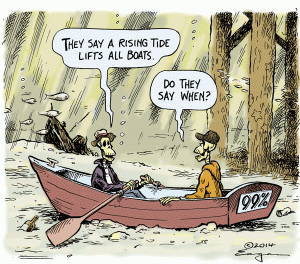
Market valuations across the globe are stretched, bond valuations are at multi century highs, and high end real estate has been bid up to unbelievable levels. The exuberant valuations are overlooked in the belief that a steady flow of liquidity will continue to boost prices going forward.
Savers have been crushed during this whole process
The effect QE has had on interest rates globally has led to a very rough road for savers during this period. Returns have been cut to almost nothing, and in more recent years, the threat of negative interest rates and deposit taxes in certain parts of the world have added to the malaise confronting savers. In the long run, this will turn out to be one of the biggest failures of QE. For new entrants into the labor market since 2007 there has been very little yield available from conventional saving accounts. As a consequence, an entire new investment paradigm is starting to take root, formed primarily on more speculative and riskier investment principles. Savings and capital formation are an essential component of any well functioning economy. Destroying the incentive for people to save is perhaps the biggest regret we will have about QE when the pigeons eventually come home to roost.
Global Missallocation of Capital
Interest rates within the United States have always acted as the bellwether for risk on a global scale. The yield on 10 year treasury bonds has always been the traditional “risk free” rate of return. With US interest rates at near zero, evaluating risk has become an increasingly difficult result. As a result, risk premiums have been contracting around the world and yield starved capital has been flowing into markets and countries which historically would have been avoided. Emerging Markets have seen an unprecedented increase in capital flows which has resulted in some spectacular misallocation of capital within both commercial real estate, residential real estate and financial markets within these countries. We are starting to see some of these investment excesses start to unwind – and these markets look ripe for sustained weakness should interest rates begin to normalize in the near future.
What happens next?
The exit strategy for many of the various QE programs remains a great uncertainty. The Fed has officially tapered its bond purchase program since October 2014 but has held rates at near zero ever since. The challenge facing policy makers going forward is how to unwind the ultra stimulative policies of the last decade without causing a full fledged market crash.
For now, the proceeds of these policies have been pretty well confined in financial assets, creating a two speed economic system where inflation and growth appear to be occurring at a different paces within the real economy and the financial world. There really is no way of knowing what will result as a consequence of pulling QE from under the feet of the financial system. If some of the excess of the financial system starts to manifest itself within the CPI, then there is no way of telling where this will end. 2015 is shaping up to be an important chapter in the whole post-lehman story.









